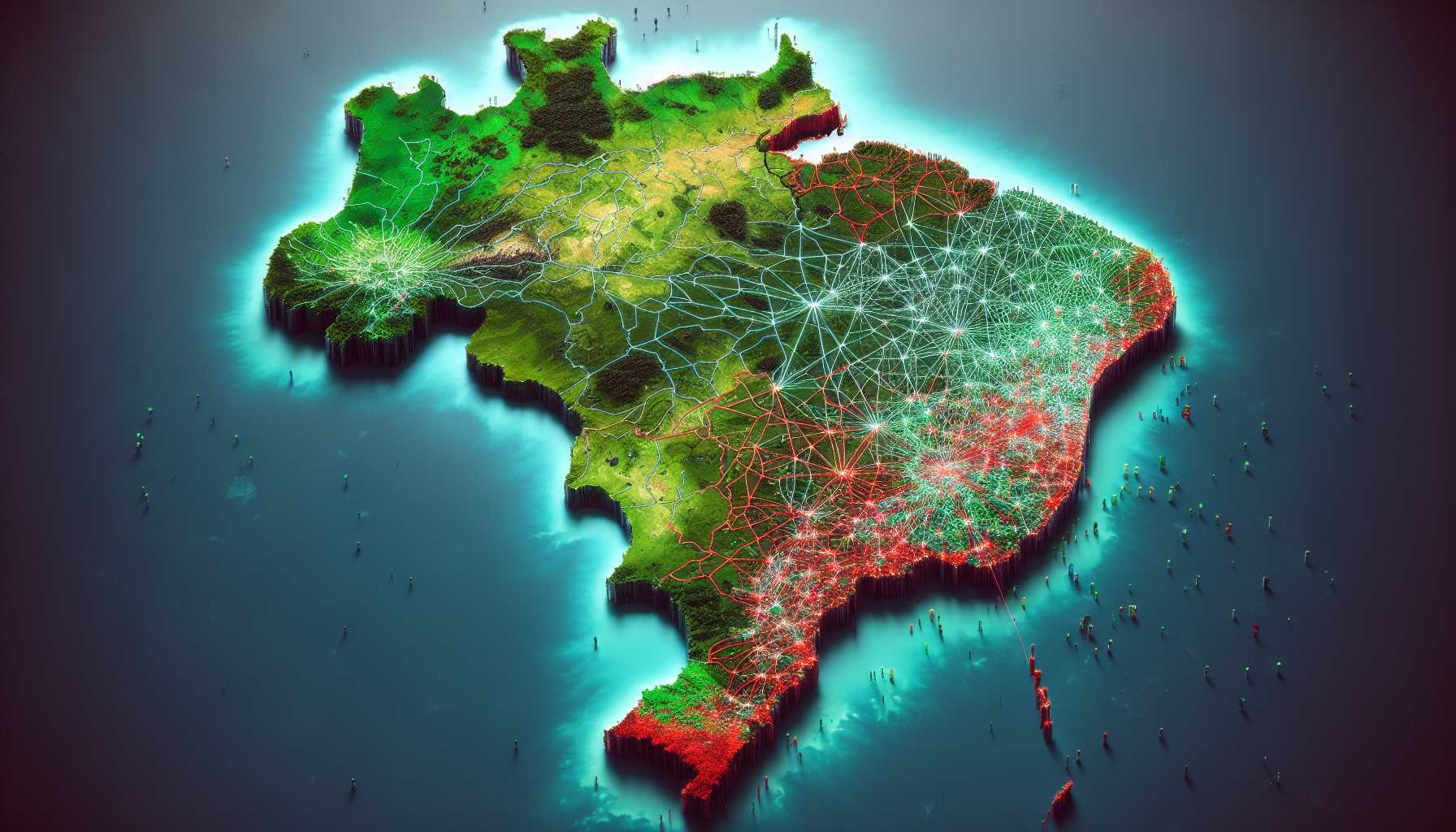High-Speed Internet Access in Brazil: A Comprehensive Overview
In today’s digital age, access to high-speed internet has become increasingly crucial for individuals and communities. It empowers people to connect, learn, work, and participate in the global economy. In Brazil, a country with a vast and diverse population, understanding the percentage of people with access to high-speed internet is essential for assessing digital inclusion and identifying areas where improvements are needed.
Current Statistics on High-Speed Internet Access in Brazil
According to the latest data from the Brazilian Institute of Geography and Statistics (IBGE), 75.2% of Brazilian households had access to the internet in 2021. This represents a significant increase from previous years, indicating a growing trend of internet penetration in the country. However, it’s important to note that not all internet connections are equal. While 75.2% of households have access to the internet, only 47.4% have access to high-speed internet. This means that a significant portion of the population still lacks access to the faster speeds and improved connectivity that high-speed internet provides.
Factors Influencing Internet Access in Brazil
Several factors influence internet access in Brazil, including:
- Geographic location: Urban areas tend to have higher rates of internet access compared to rural areas.
- Socioeconomic status: Individuals with higher incomes are more likely to have access to high-speed internet.
- Education level: People with higher education levels are more likely to use the internet.
- Age: Younger generations are more likely to use the internet than older generations.
Initiatives to Improve Internet Access in Brazil
The Brazilian government and private sector are implementing various initiatives to improve internet access across the country. These include:
- Expanding broadband infrastructure: This involves laying fiber optic cables and installing cell towers to increase coverage and speed.
- Providing subsidies for low-income families: This helps make internet access more affordable for those who cannot afford it.
- Promoting digital literacy programs: These programs teach people how to use the internet effectively and safely.
Conclusion
While Brazil has made significant progress in increasing internet access, there is still a gap in high-speed internet penetration. Addressing this gap requires continued efforts from the government, private sector, and civil society to ensure that all Brazilians have access to the digital opportunities that high-speed internet provides.

